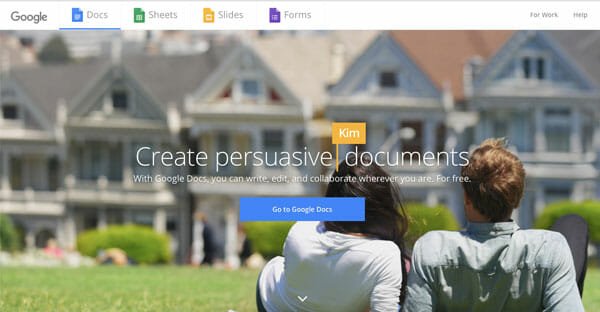
- Gogole docs phoishing how to#
- Gogole docs phoishing full#
- Gogole docs phoishing password#
- Gogole docs phoishing free#
In the modern Work-from-Home era, make sure you’re managing personal devices connecting to your network by validating their security (patching, antivirus, DNS protections, etc) or prohibiting their use entirely.Enable email SPAM filtering, validate backups, deploy DNS protection, antivirus, and anti-malware on all your endpoints. Deploy critical cybersecurity technology including two-factor authentication on all critical accounts.CyberHoot’s Phish testing allows businesses to test employees with believable phishing attacks and put those that fail into remedial phish training. Test employees with Phishing attacks to practice.Adopt a Learning Management system like CyberHoot to teach employees the skills they need to be more confident, productive, and secure.

Gogole docs phoishing how to#
Train employees on how to spot and avoid phishing attacks.
Gogole docs phoishing password#
You need a password policy, an acceptable use policy, an information handling policy, and a written information security program (WISP) at a minimum.
Gogole docs phoishing full#
Users can open the Google Document, and hover their mouse over the commenter’s name to see the full email address with their full name.ĬyberHoot also recommends that end-users are always following best practices when dealing with potential phishing emails like watching out for:Īdditionally, these recommendations below will help you and your business stay secure with the various threats you may face on a day-to-day basis. The email contains the full comment, along with links and text, meaning the victim never has to go to the document, the payload is in the email itself.Īll it takes is the attackers setting up a fake Google login landing page, so when the end-user clicks the link, they will be prompted to enter their credentials on the ‘Google’ credential-harvesting site, sending everything to the hackers.ĬyberHoot recommends that users always cross-reference the email address in the comment to ensure it’s legitimate before clicking on a Google Docs comment. If ‘Johnny Hacker’ is a coworker, it will appear legitimate. The malicious intent of the Comment is difficult to catch because the end-user will have no idea whether the comment came from or The email will just say ‘Johnny Hacker’ mentioned you in a comment in the following document.
Gogole docs phoishing free#
For example, a hacker can create a free Gmail account, such as They can then create their own Google Doc, comment, and send whatever they like to their intended target. The EmailsĪs shown below in the same test email CyberHoot created, It’s difficult to do your proper ‘ phishing checklist‘ when receiving these malicious emails the email address of the sender isn’t shown, just the name of the attacker, which allows bad actors to impersonate legitimate entities to target victims.

Side note: Security researchers reported the same outcome when attempting to exploit Google Slides, the suite’s presentation app. However, in these “comments” based attacks, the phishing emails bypass email security checkpoints because they are coming from a trusted source, Google. What makes this attack so dangerous, is that normally Google and Outlook filter out malicious links within an incoming email. That email, which comes from Google, includes text as well as potentially malicious links. Hackers target Google Docs users by adding a comment to a document that mentions the targeted user with an which automatically sends an email to that person’s inbox. Hackers have hit 1000s of inboxes by exploiting this Google Doc’s feature according to online reports. In other words, a hacker can send a malicious link to you from your best friend on social media, and nothing stops that email from landing in your inbox supposedly sent by your best friend. What’s worse, the comment appears to come from anyone hackers want it to be. Attackers use the commenting feature to send malicious links to anyone’s email inbox. A wave of phishing attacks has been generated within Google’s cloud-based word processing solution (Google Docs) and its “Comments” feature.


 0 kommentar(er)
0 kommentar(er)
